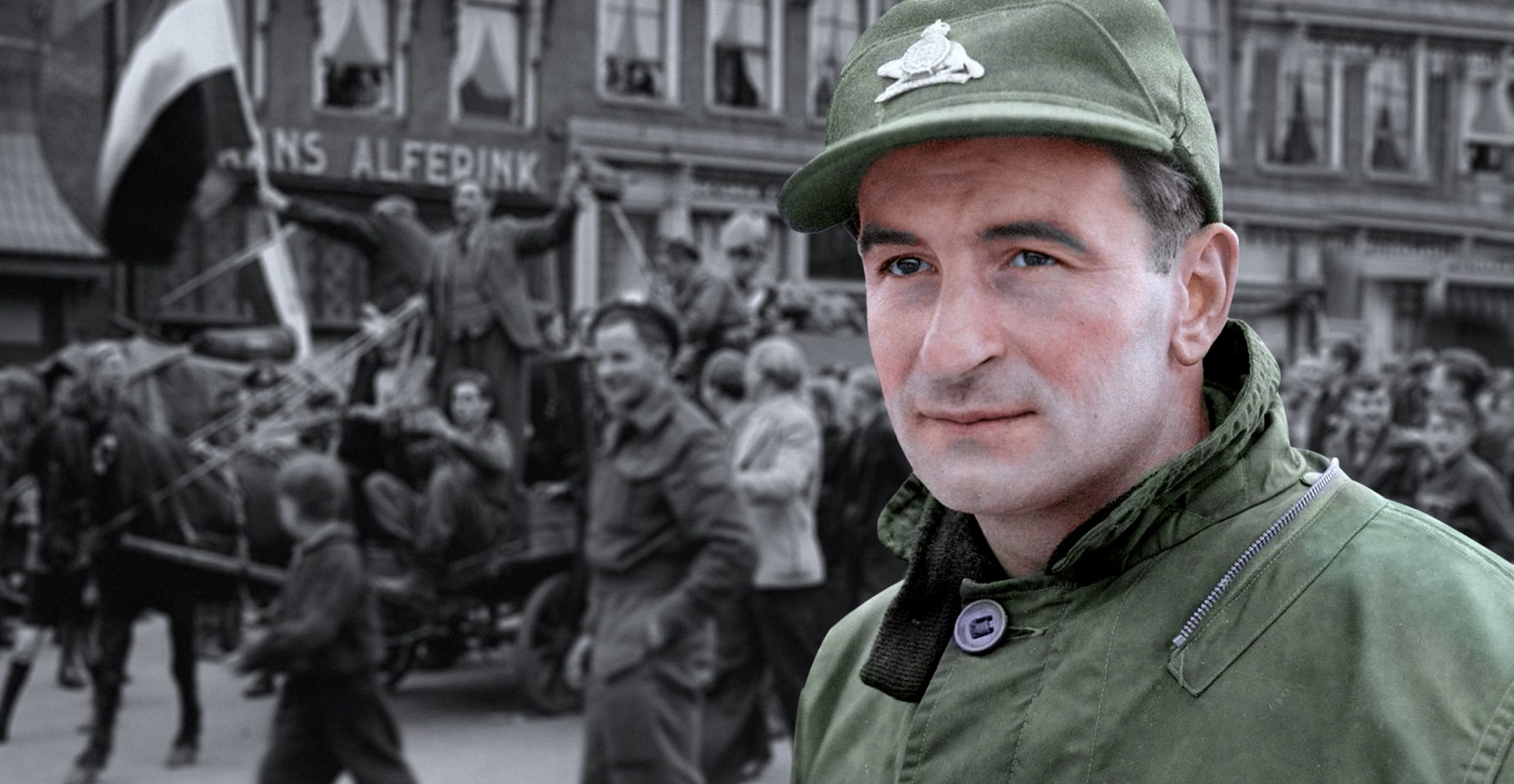Of all of the countless heroes of war, there are many whose bravery and sacrifice saved hundreds of lives during their tenure of service, and yet their deeds have largely gone unnoticed. Léo Major was one of these unsung heroes.
After being gravely injured twice during the war, he had earned the right to go home. However, he refused and built up a war record that would cause anyone’s jaw to drop.
On one occasion, he single-handedly rescued an infantry company and took almost one hundred German prisoners in the process. Another time he liberated a Dutch town all on his own. It was all in a day’s work for Léo Major.
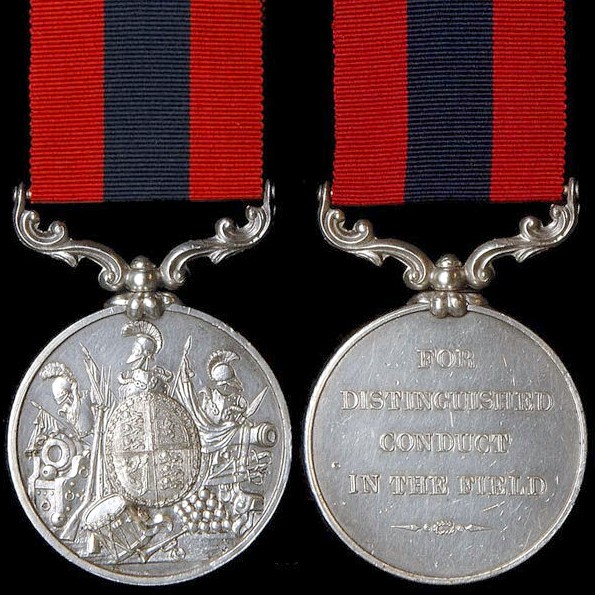
Léo Major was born in 1921 to French Canadian parents and grew up in Montreal. He joined the Canadian Army at the age of nineteen and was among the group of Canadians that stormed the Normandy beaches on D-Day.
During the battle, he captured a German half-track, an armored all-terrain vehicle used to move personnel, loaded with communications equipment. Later that week, while fighting the German SS, the elite of the German army, he lost the sight in his left eye due to a grenade, the first of the injuries that could have won him a trip home. But he donned an eye patch and refused to leave.
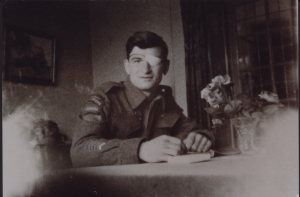
The Battle of the Scheldt in October 1944 was fought by Polish, British, and Canadians to keep the Antwerp shipping lanes open. During the fight, a patrol of young soldiers went missing, and Major went out looking for them. Not only did he save the recruits, he killed four Germans, captured the commanding officer and forced the garrison to surrender.
While he was marching the captured soldiers back to the Allied lines, several German SS troops saw them and opened fire on their own soldiers. Major ignored the gunfire and approached a passing tank alerting them to fire on the SS troops.
He then proceeded to march almost one hundred prisoners of war to the Allied line. For this, he was nominated for the Distinguished Conduct Medal, the second highest British medal for gallantry in action after the Victoria Cross. Major declined the award because of his disillusionment with the commanding officers.
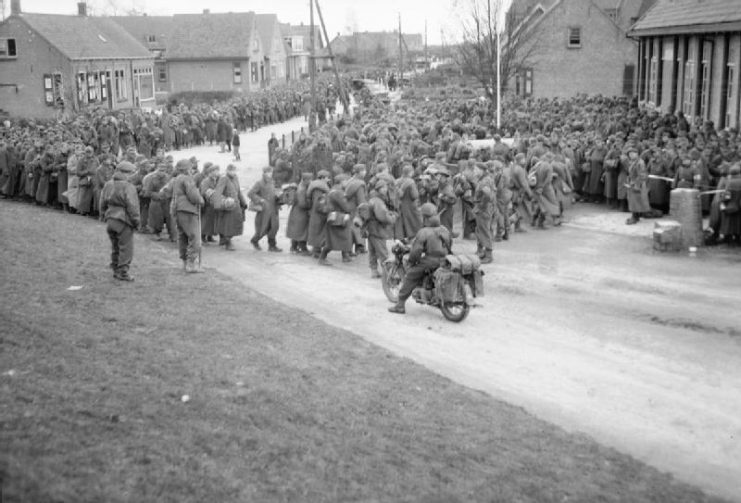
The following February he was assisting with the unloading of dead soldiers from a disabled Tiger tank into a Universal Carrier, a light armored vehicle. Once the bodies were loaded, Major jumped in the back of the carrier. Soon after, it struck a landmine.
Major was thrown out of the vehicle and the next thing he knew he was being transported to a field hospital by medical personnel.
He was told by the doctors that he had broken his back in several places, broken several ribs and both ankles. After a week in the hospital, he was told he was being sent home.
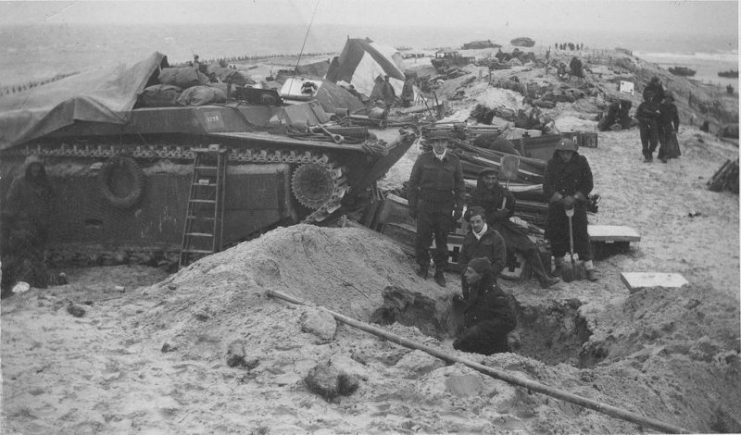
Major had other ideas. He snuck out of the hospital and caught a ride to the town of Nijmegen where he finished recuperating with friends. When he returned to his unit, they were on their way to the Dutch town of Zwolle which was occupied by the Germans.
He and his friend Corporal Willie Arseneault were sent out on reconnaissance when they decided to liberate the town on their own. When Arseneault was killed, Major was so upset that he grabbed a machine gun and charged after the Germans, killing two of them.
He made his way into town, ran around throwing grenades and firing guns, fooling the Germans into believing they were under attack by the Canadian army. As he made his way around, he captured groups of Germans, took them to the Canadian troops outside of town and went back for more.
He burned down the Gestapo HQ, killed four high ranking officers and scared off the rest. Again, he was nominated for the Distinguished Conduct Medal and this time he accepted.
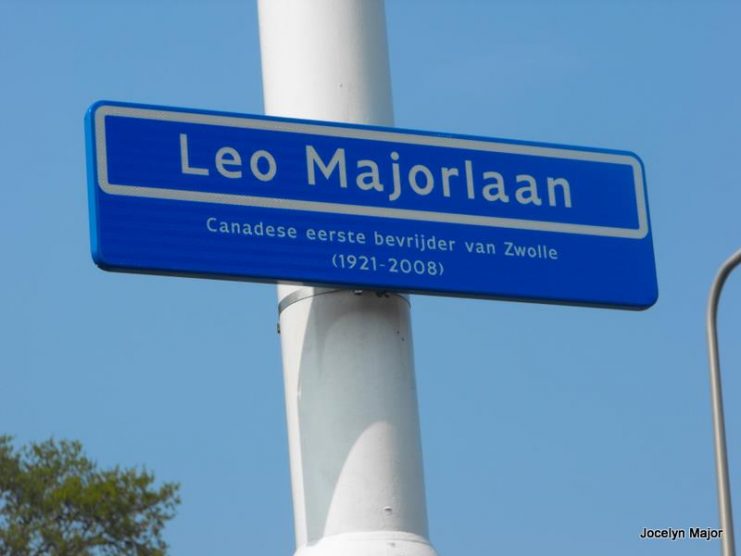
Major continued his heroics in the Korean War. During fighting on in the First Battle of Maryang San, Major led a team of about 20 elite troops to take a Chinese stronghold on Hill 355 and helped create havoc leading to the Chinese loss of the position.
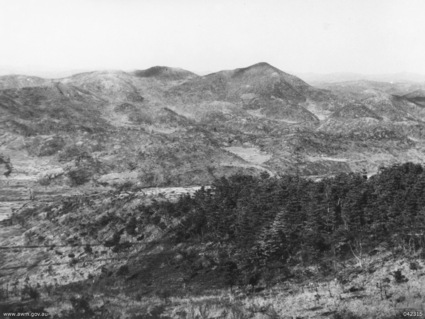
A Chinese counter-attack followed within hours and Major was ordered to fall back. He refused to abandon his position calling in mortar support in close proximity to his location while holding a key position against the Chinese with twenty men under his command for several days until back-up could arrive. He was awarded the bar for his DCM. In 2008, Majors died at the age of 87 and is buried at the National Field of Honour Cemetery in Quebec.
